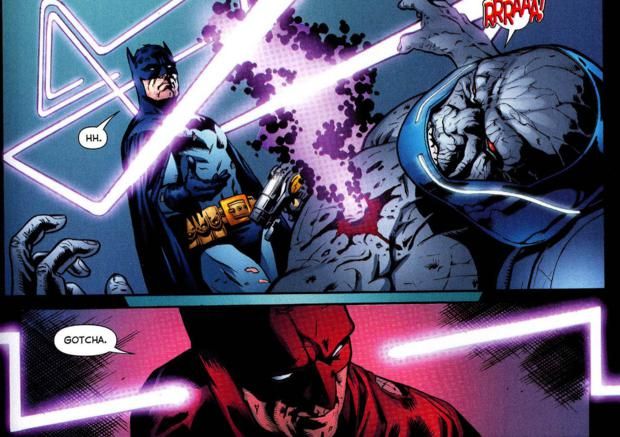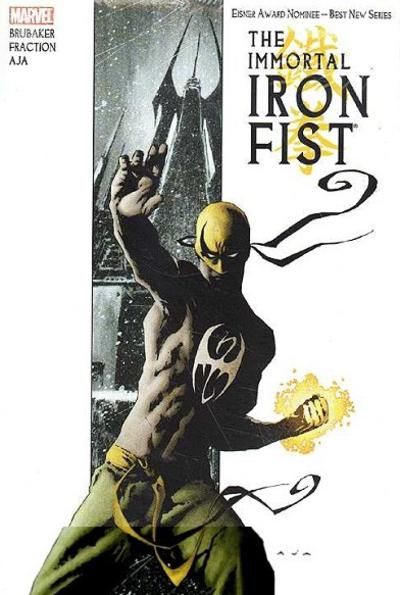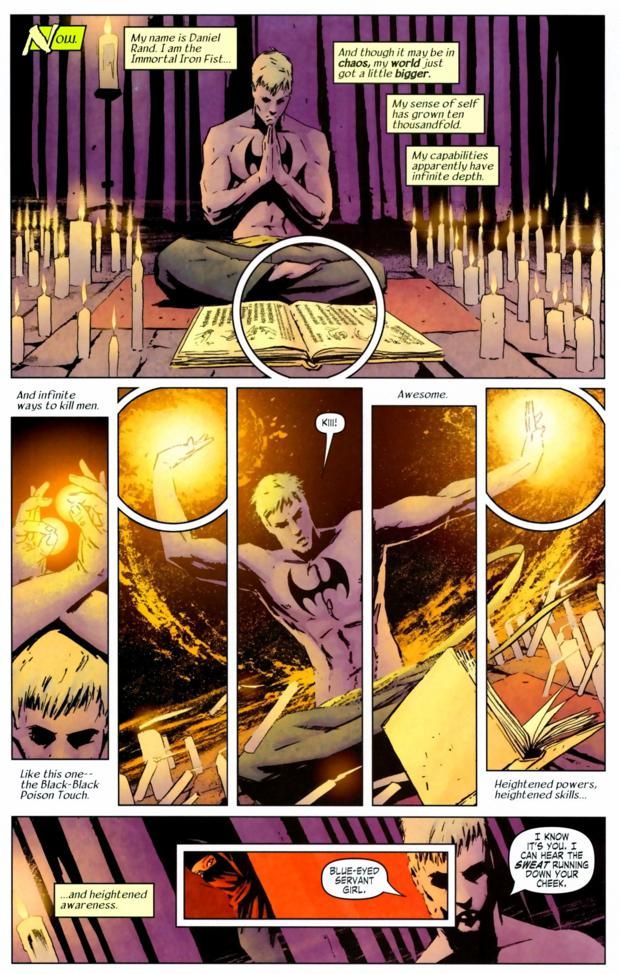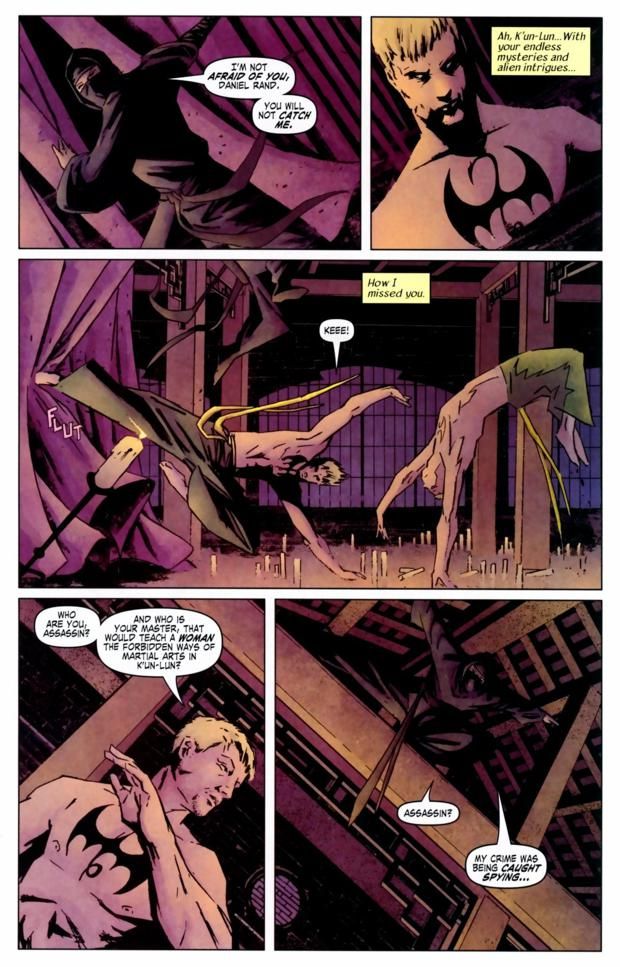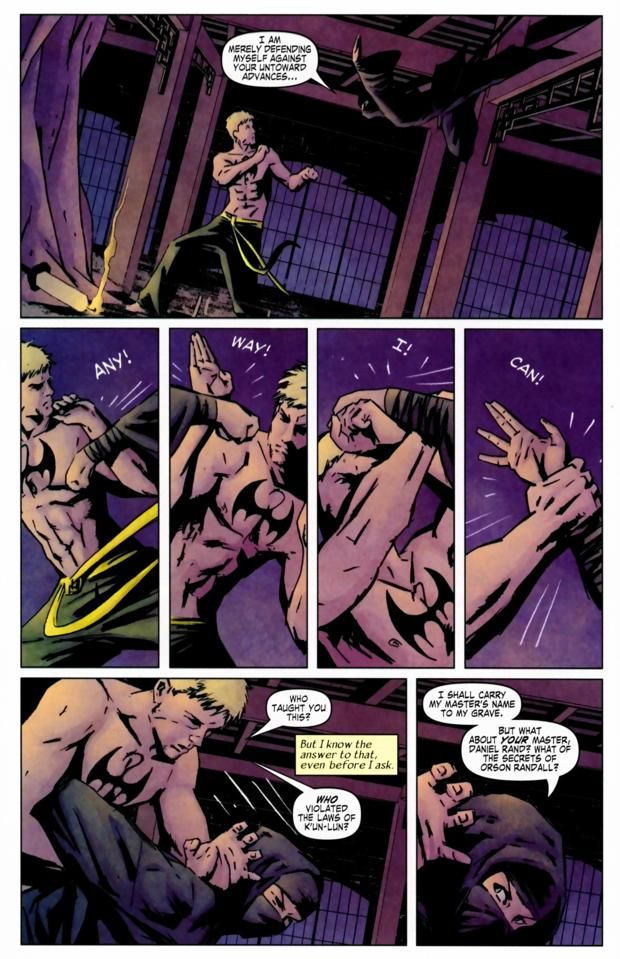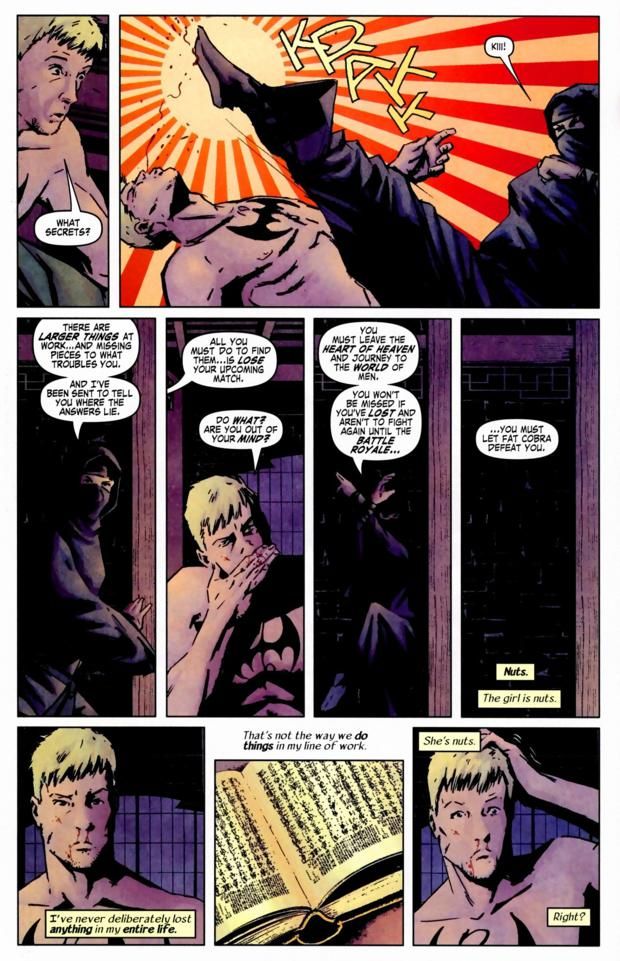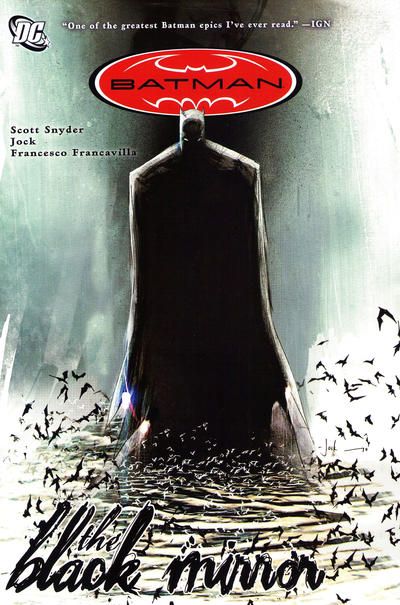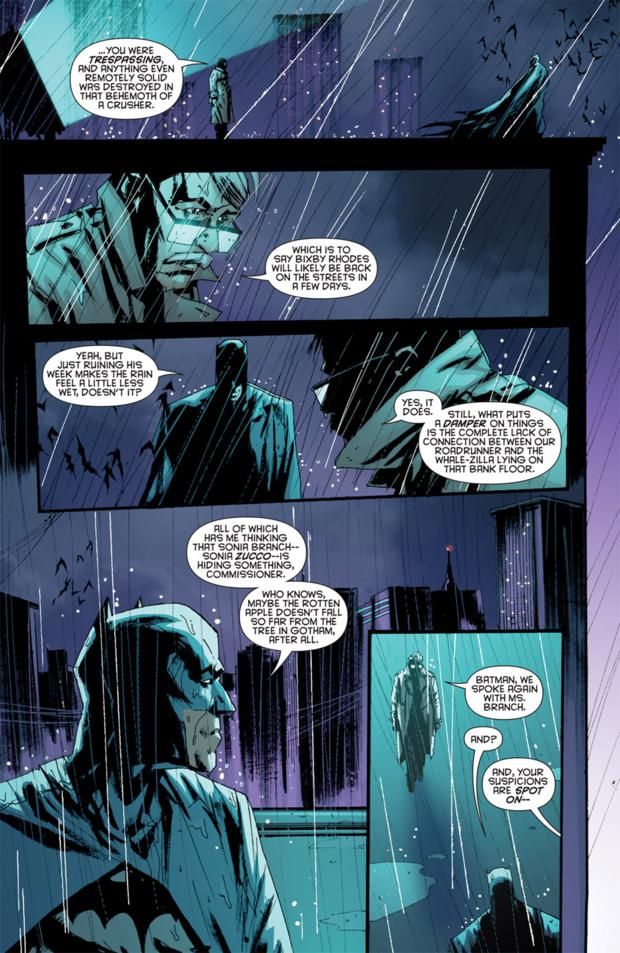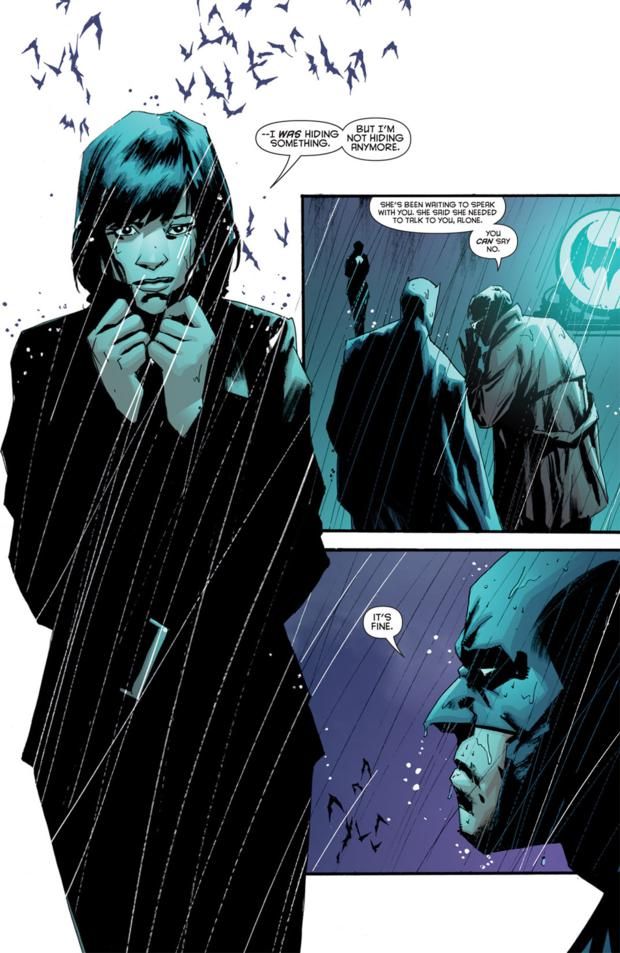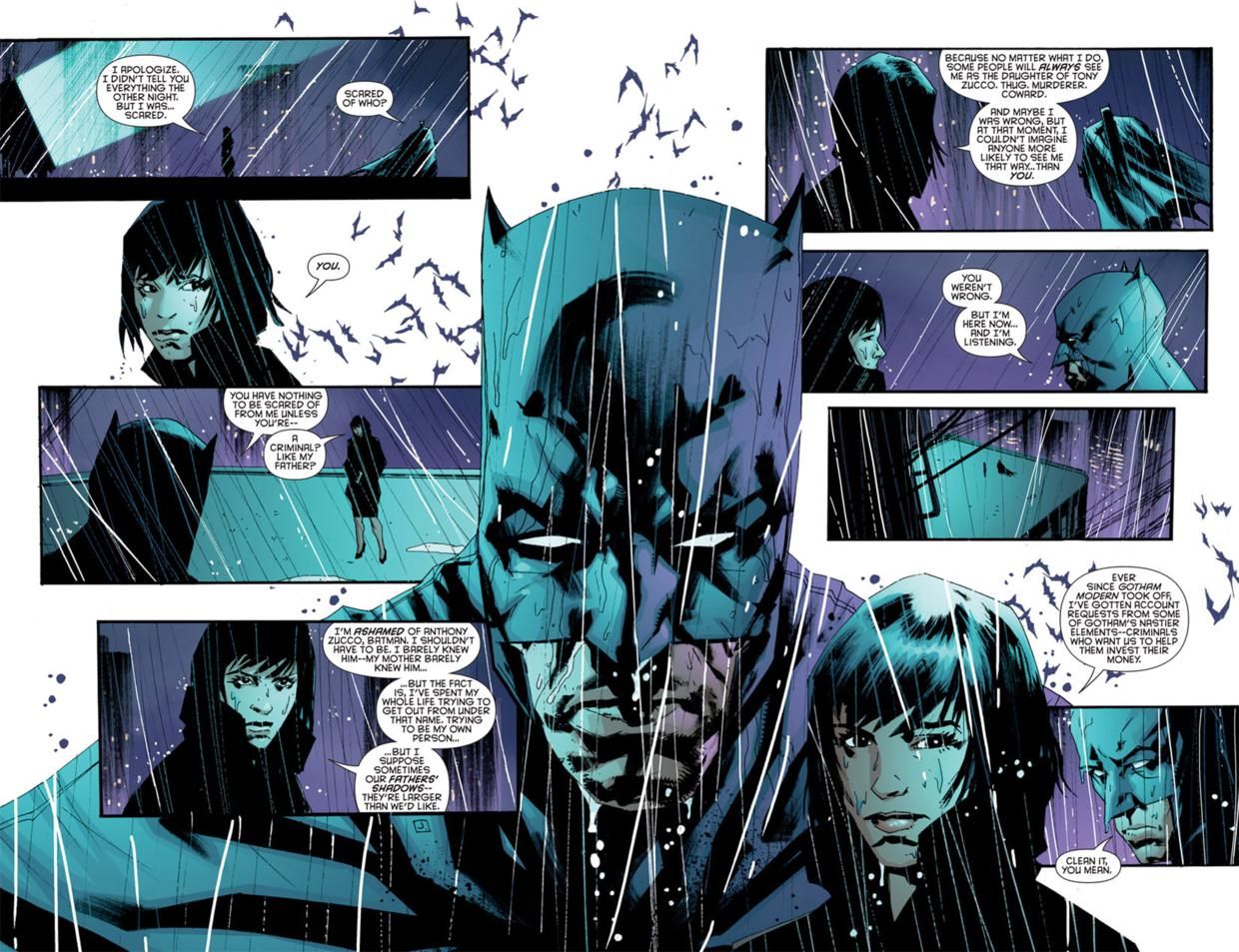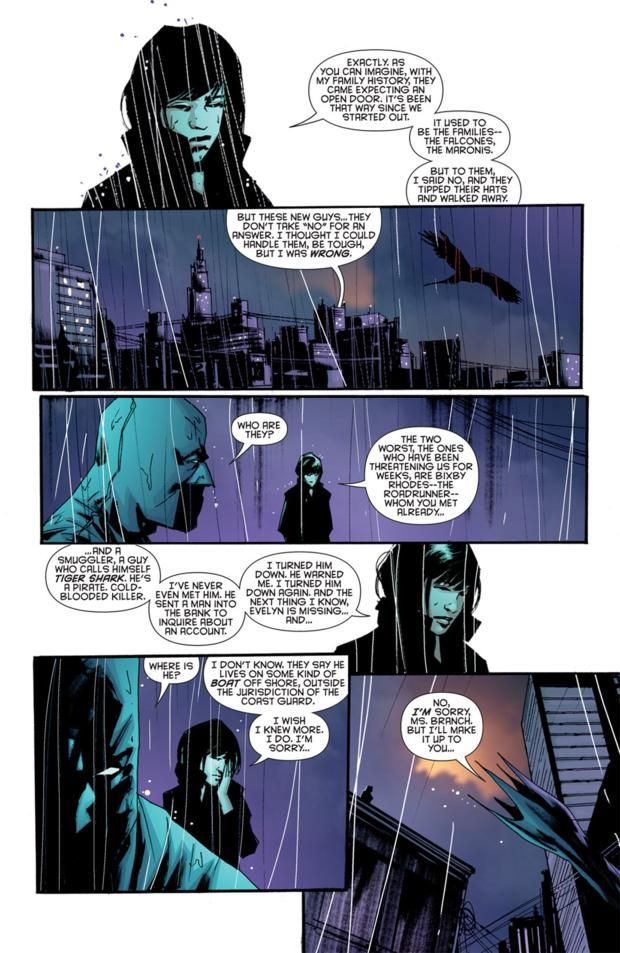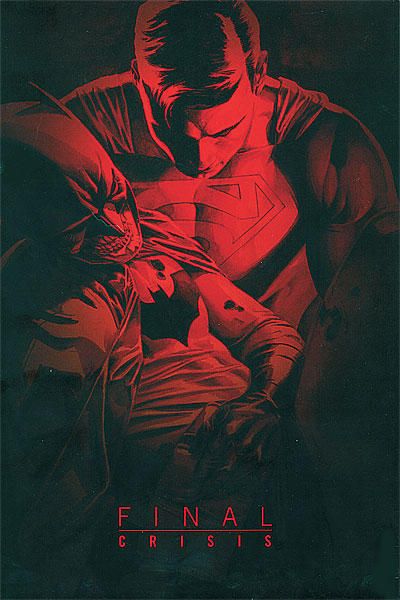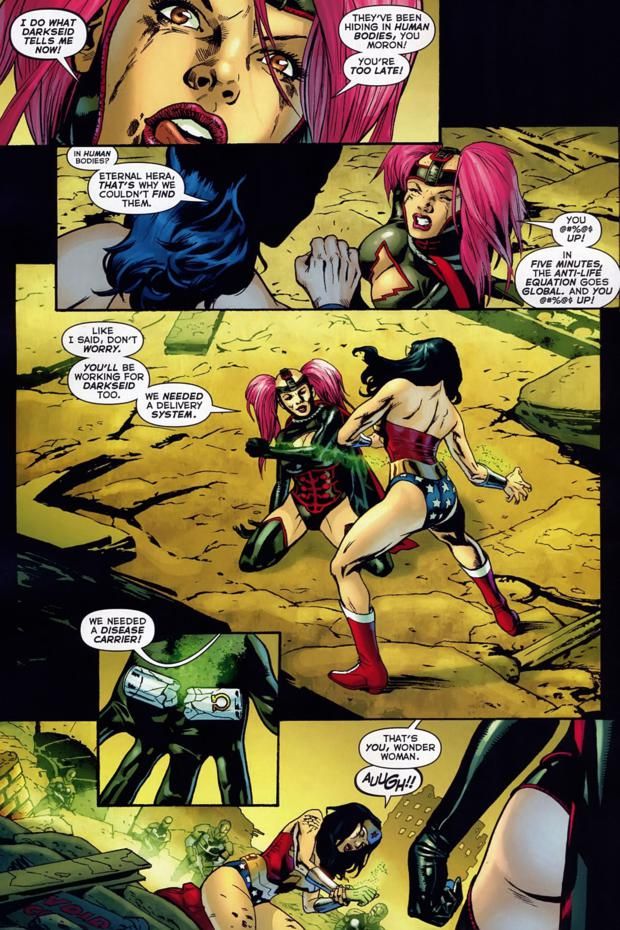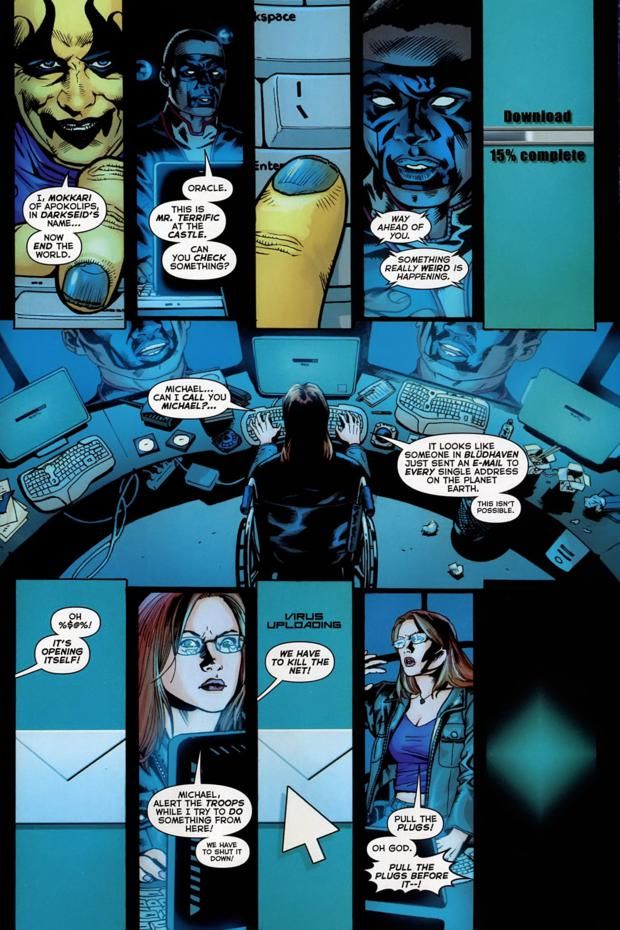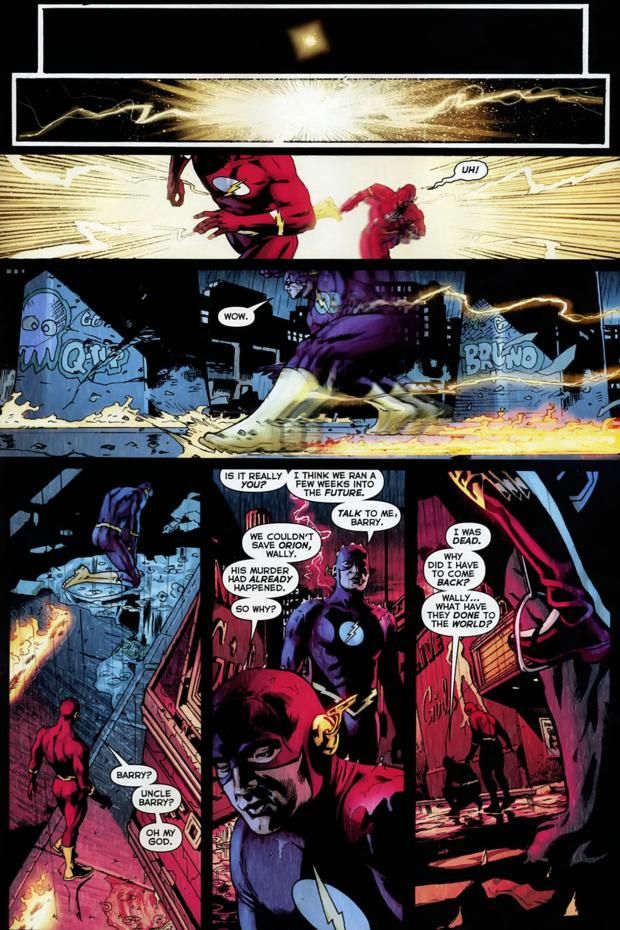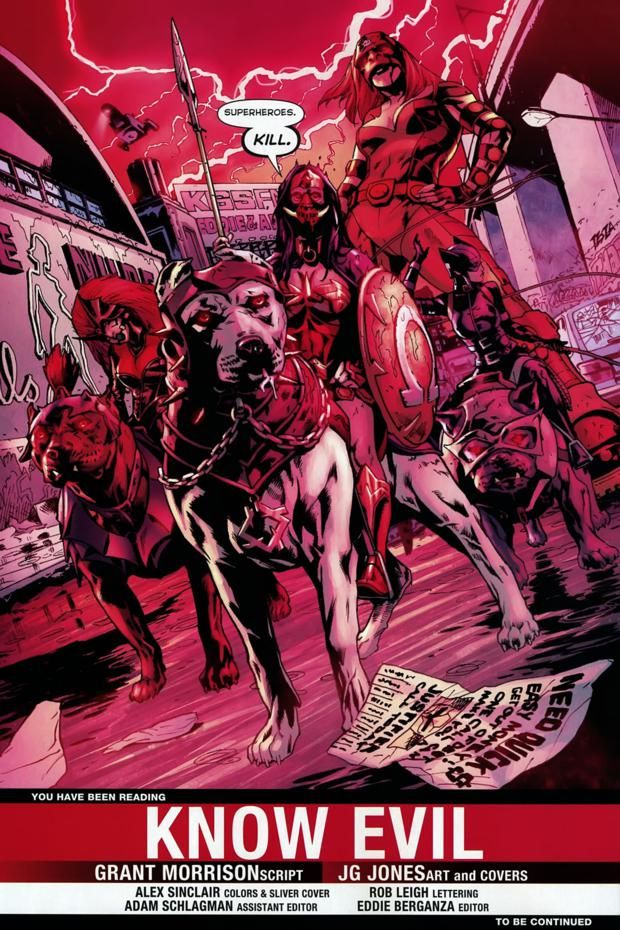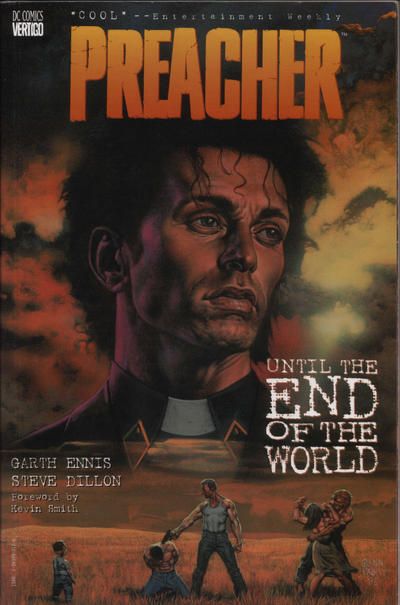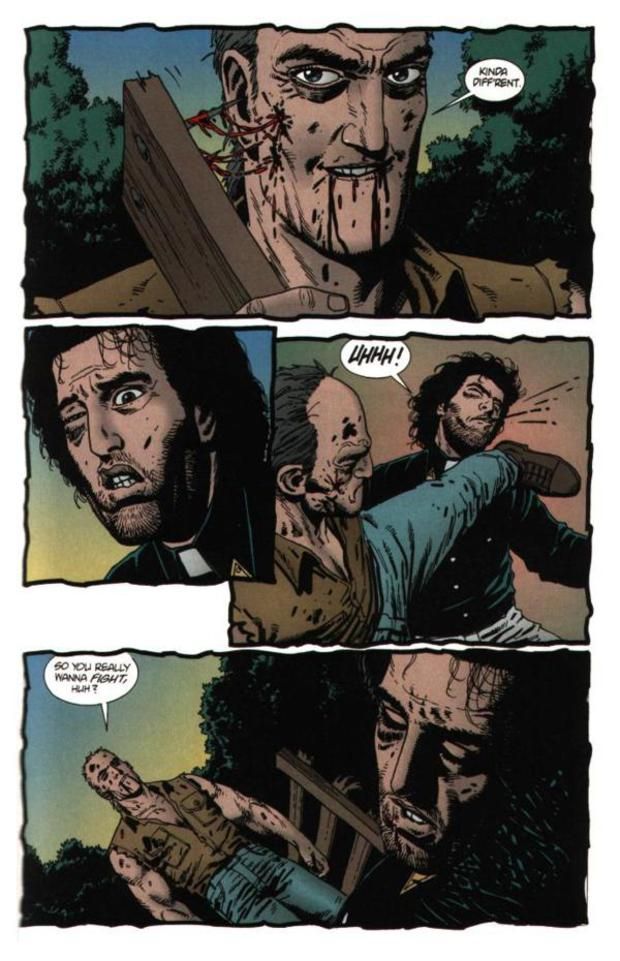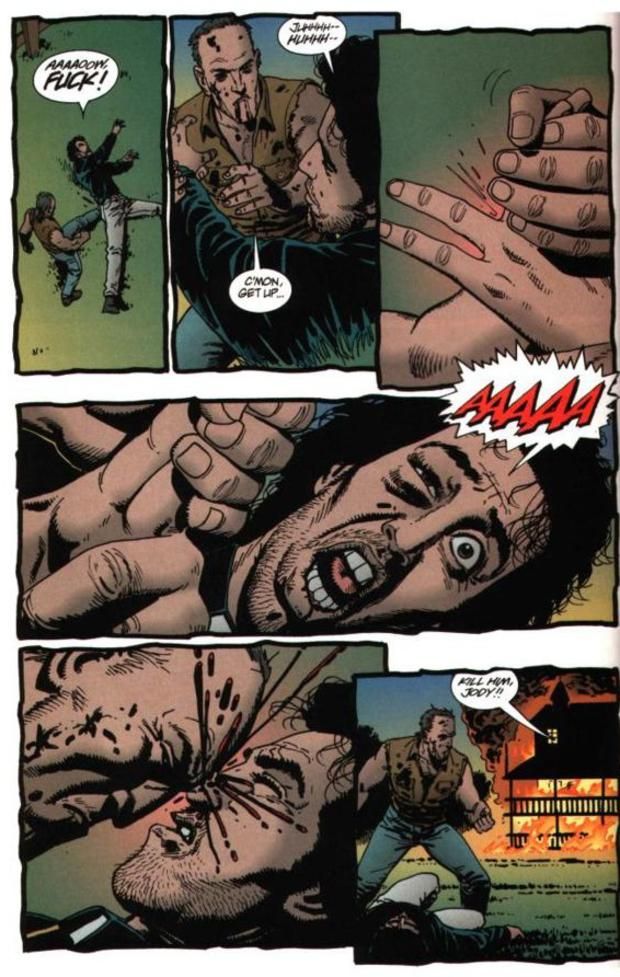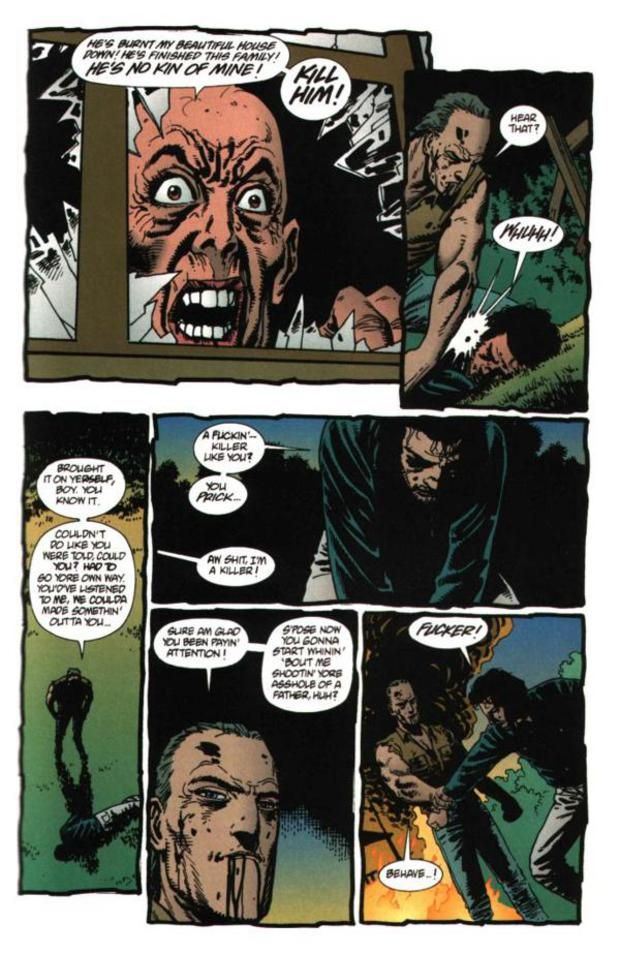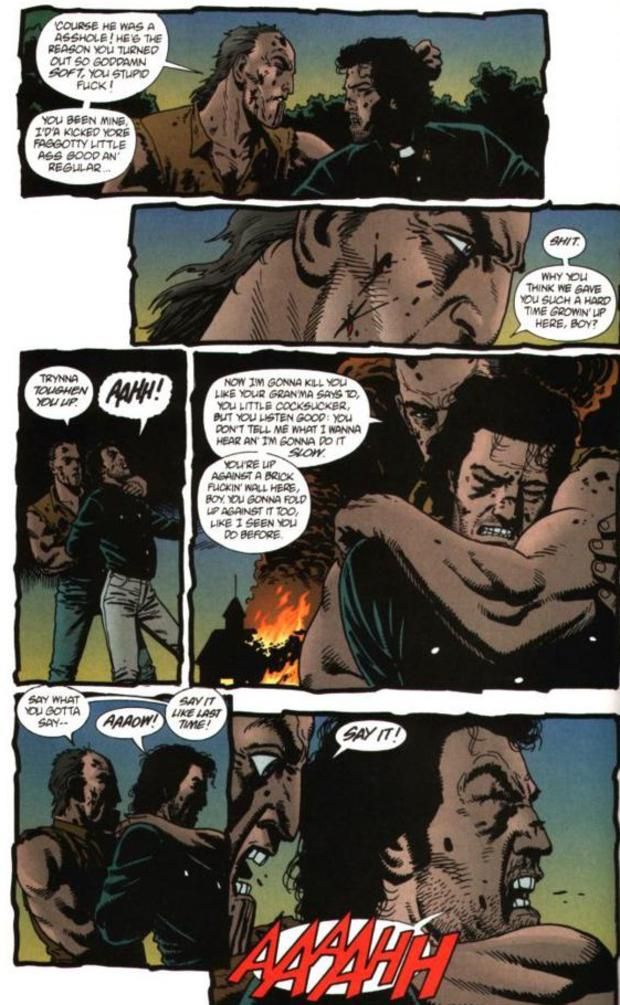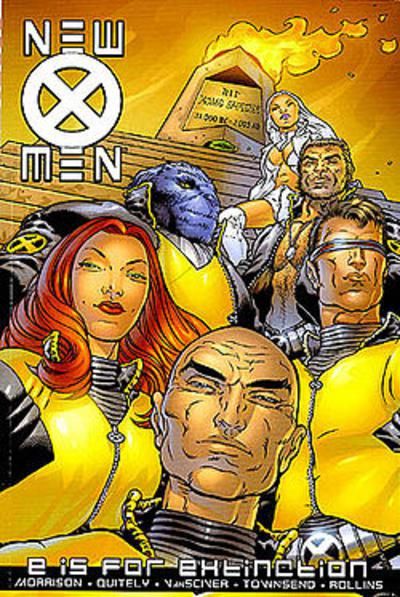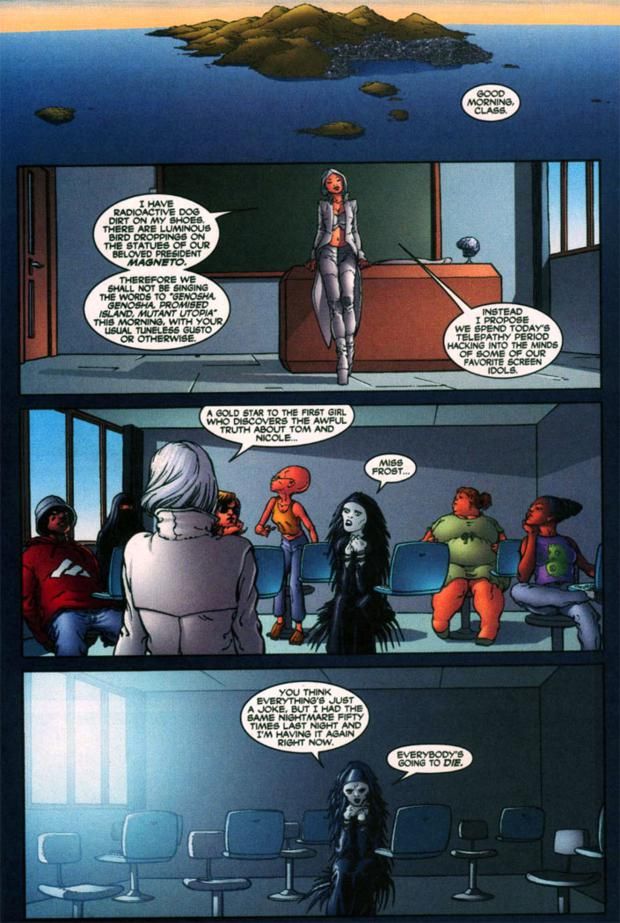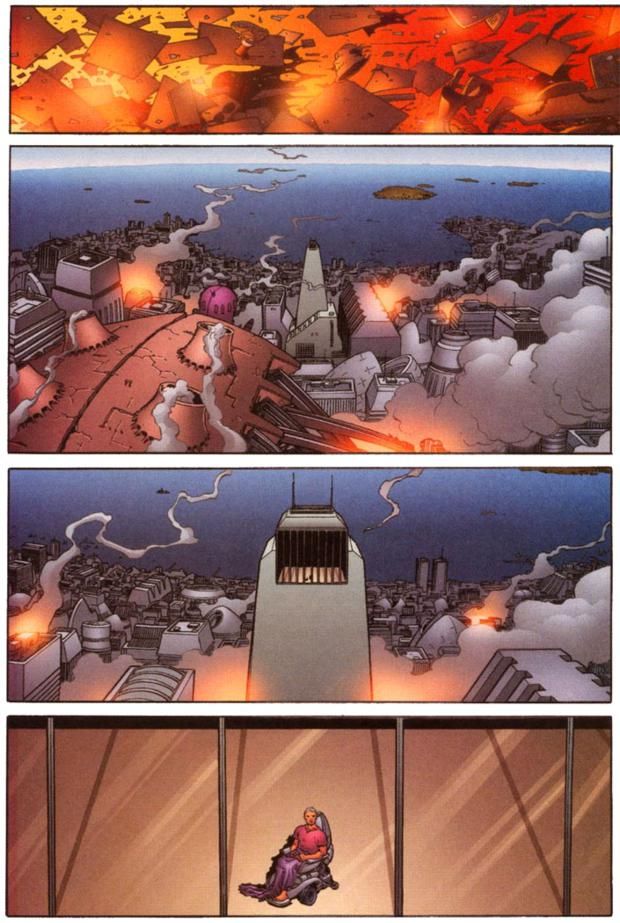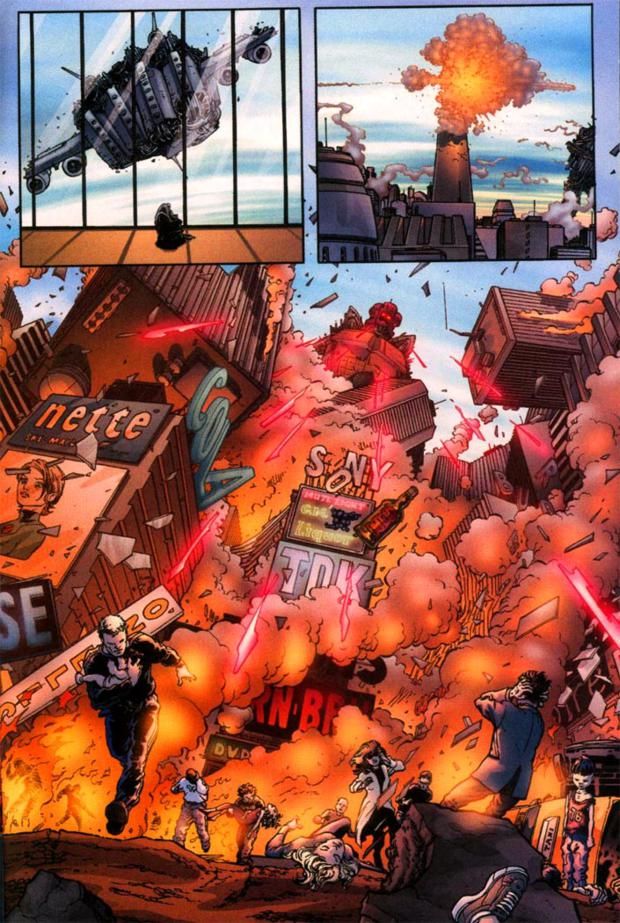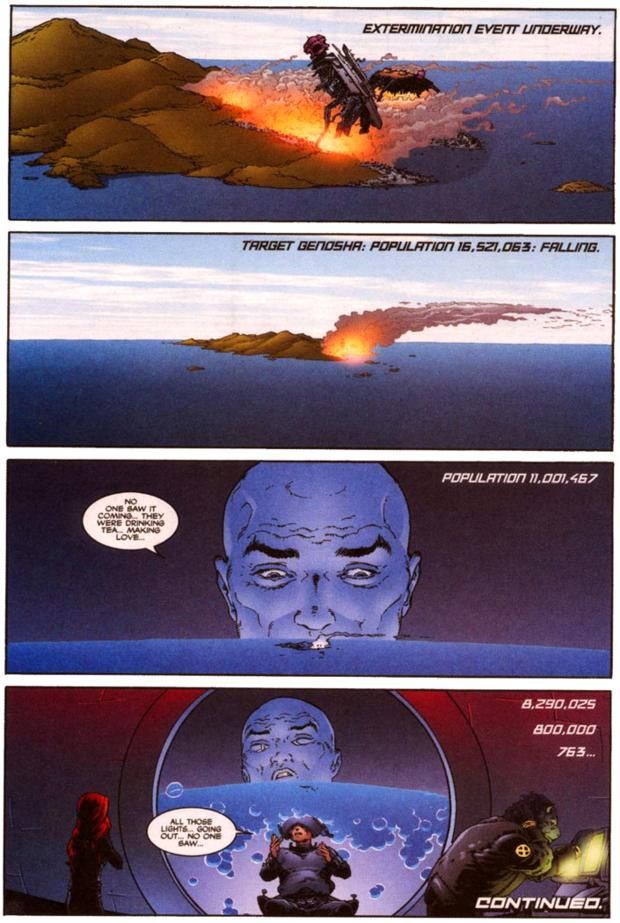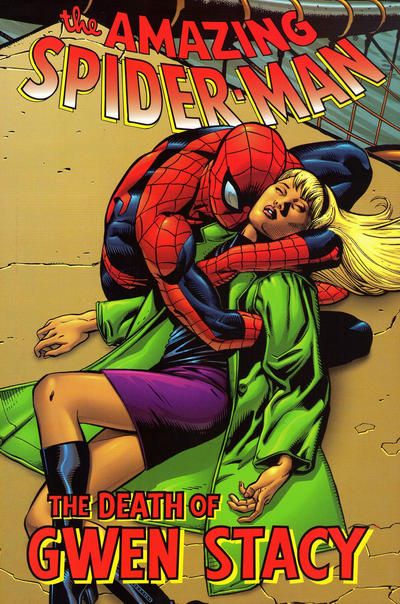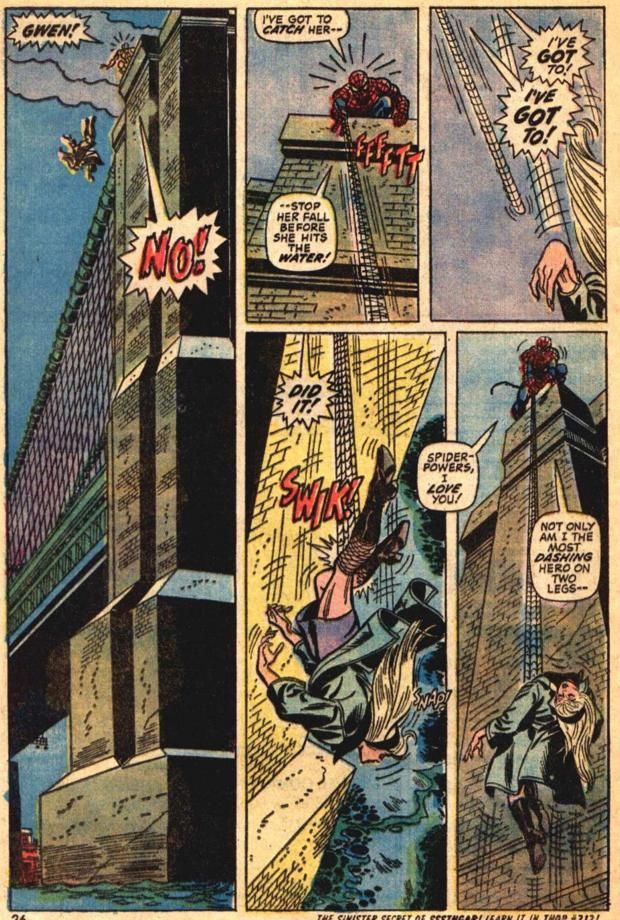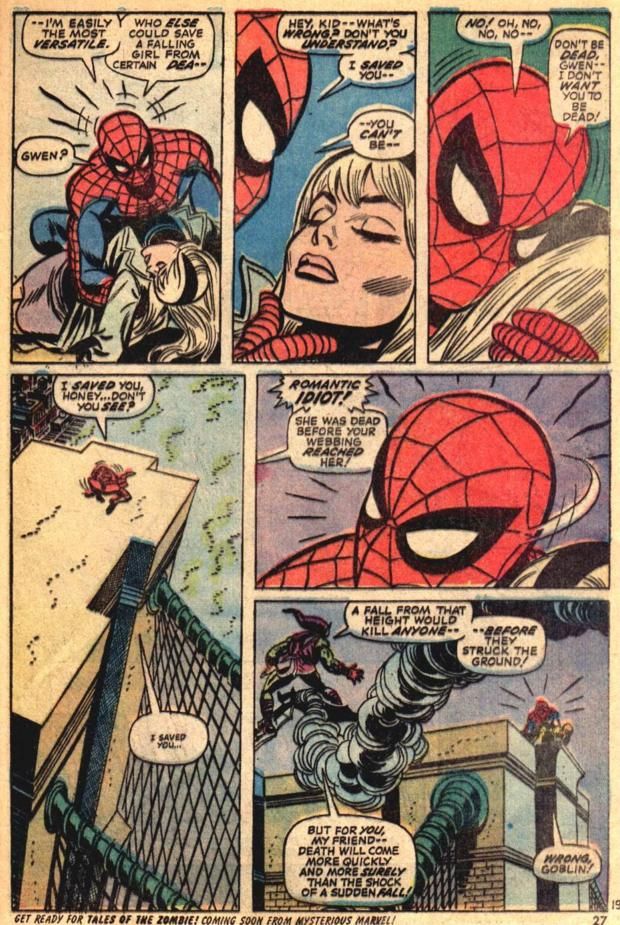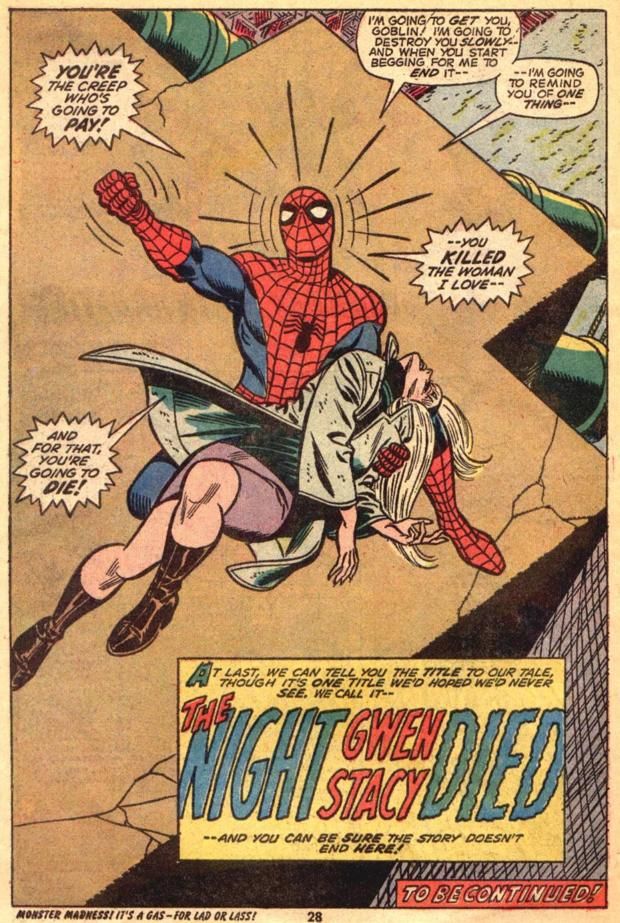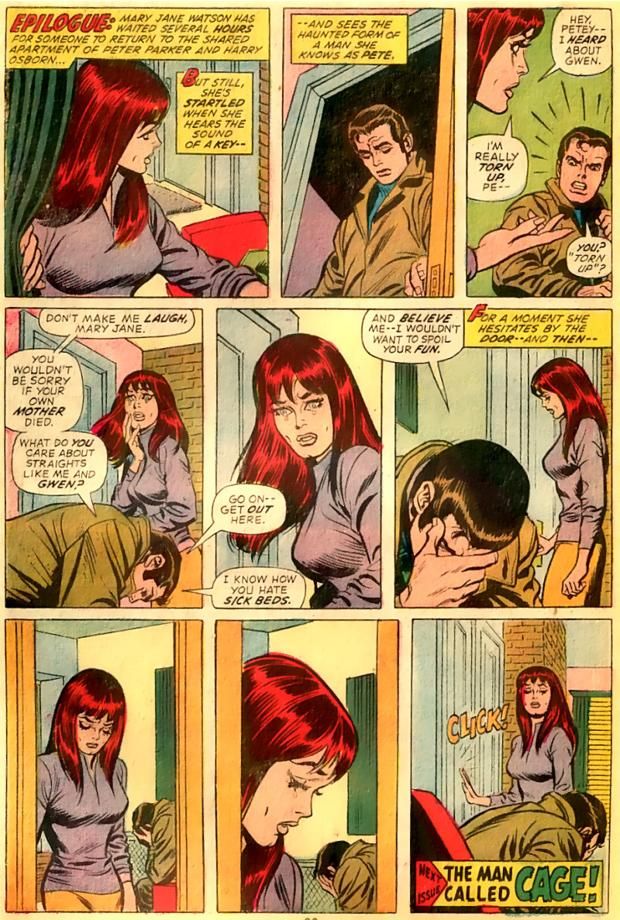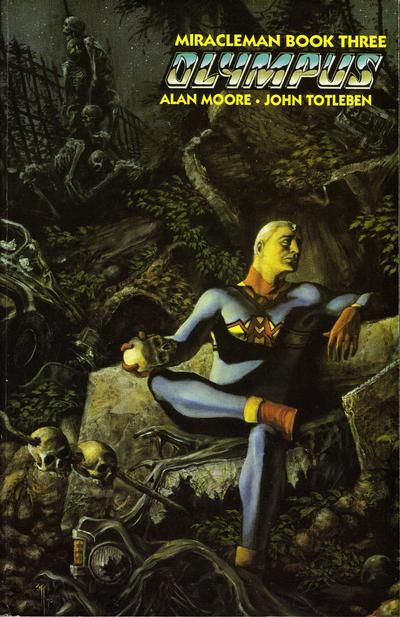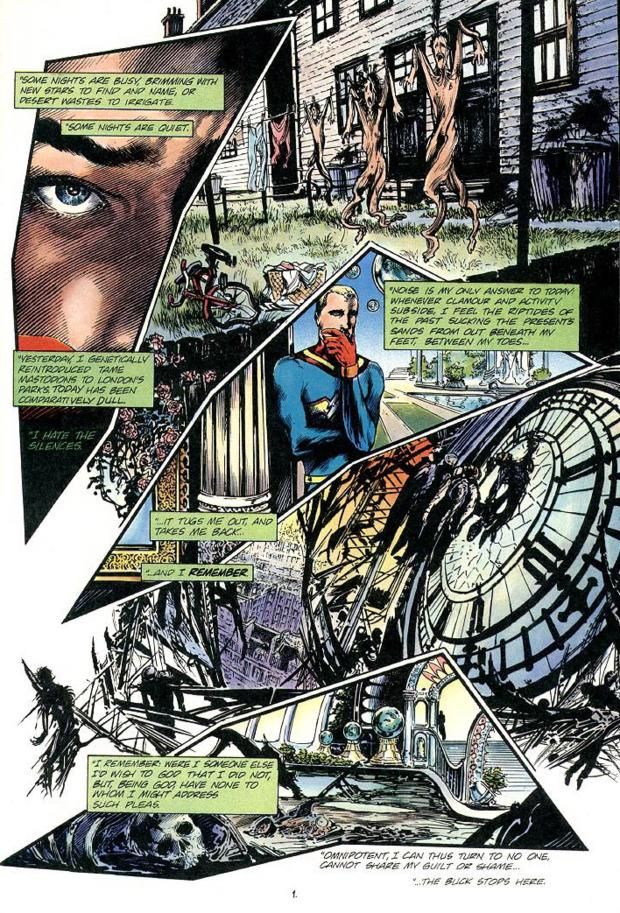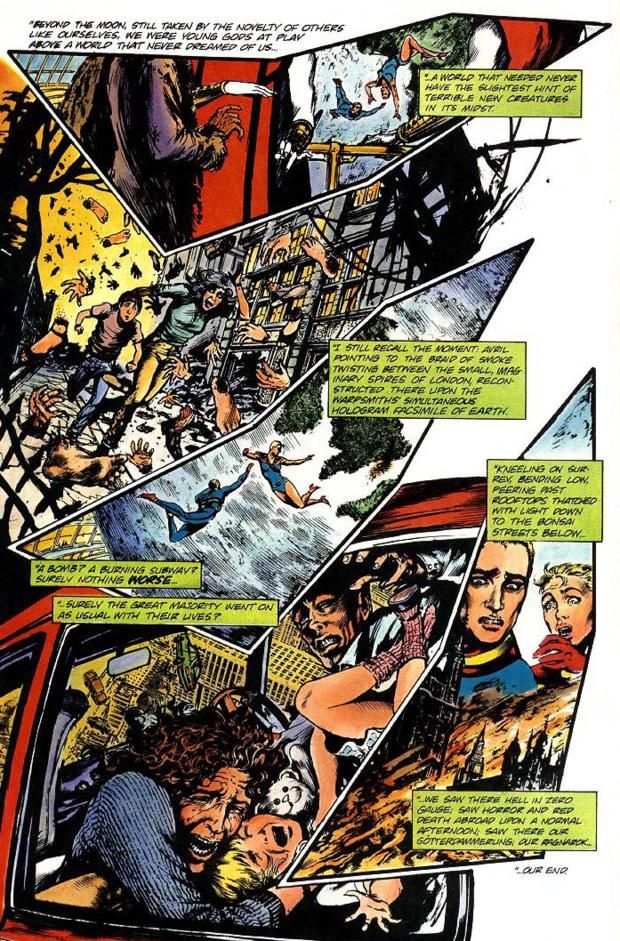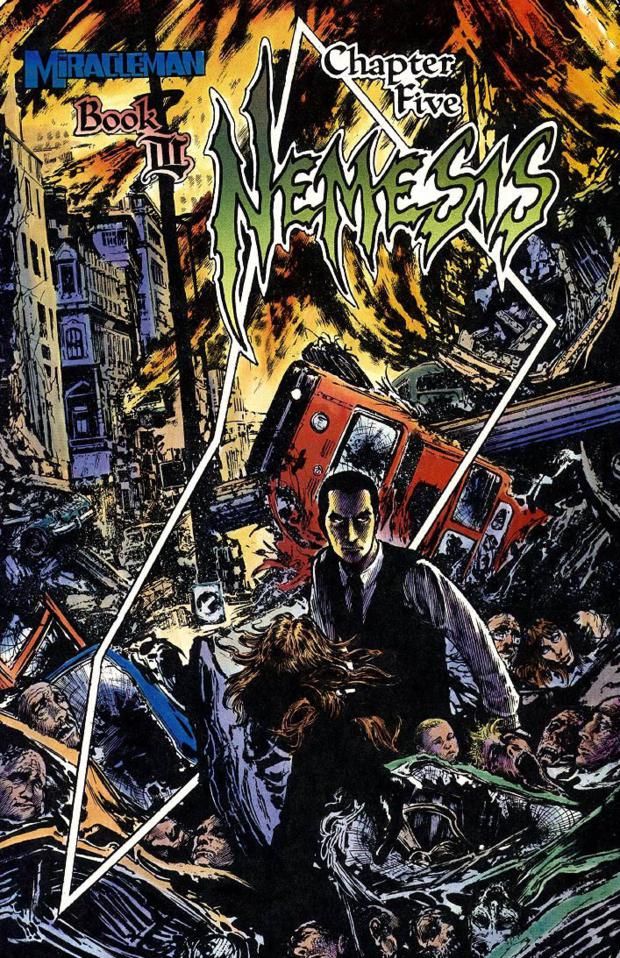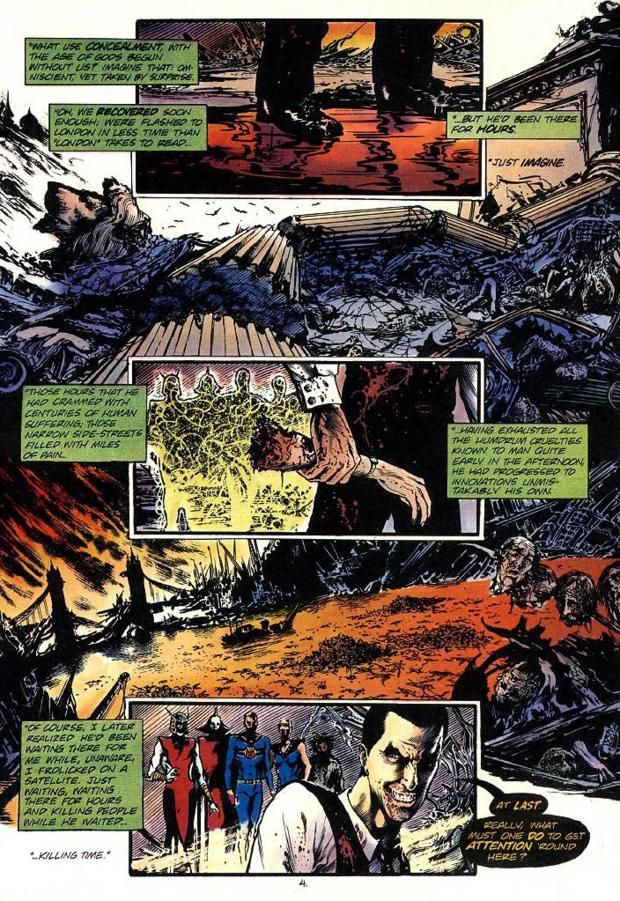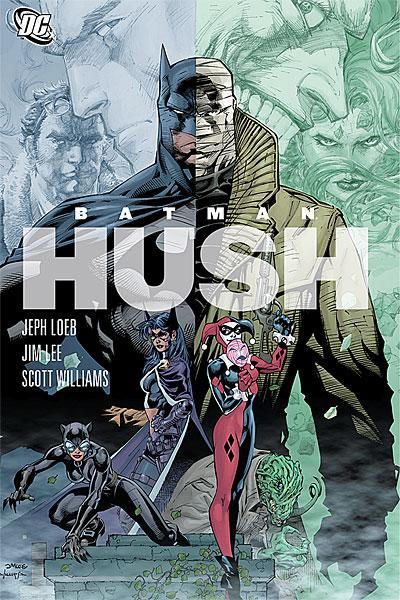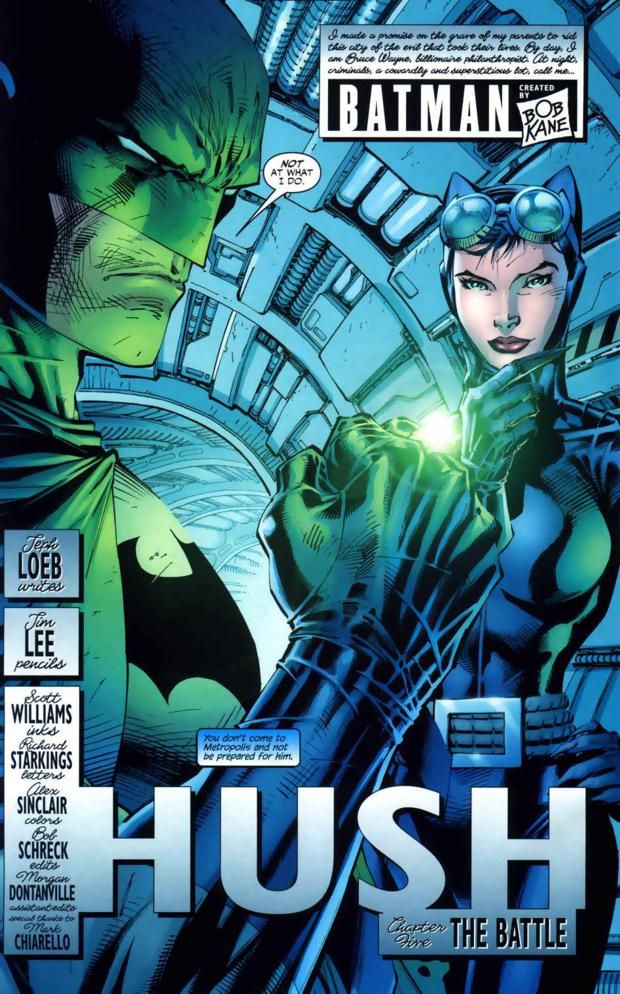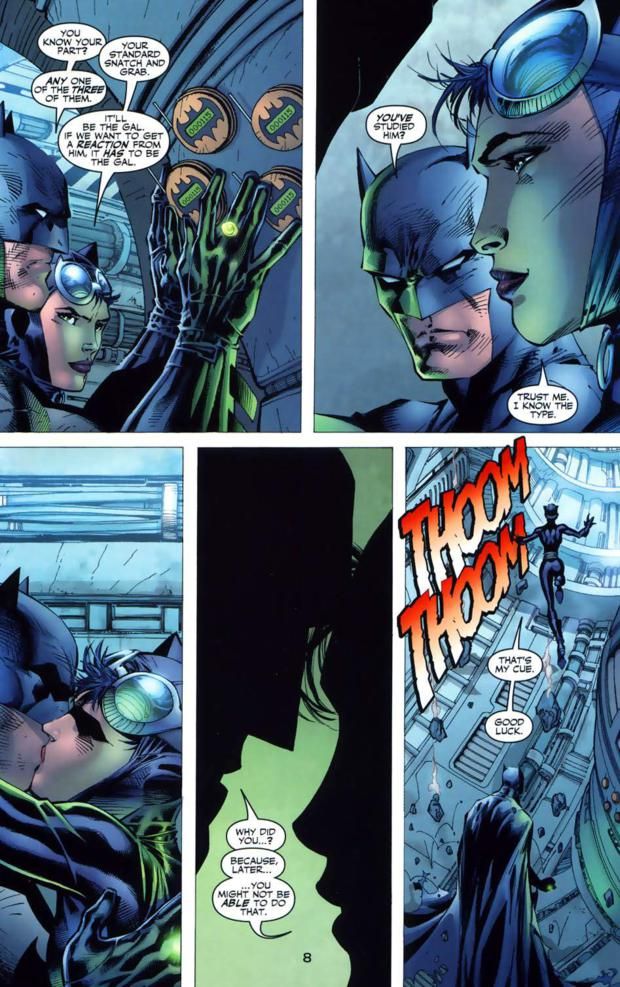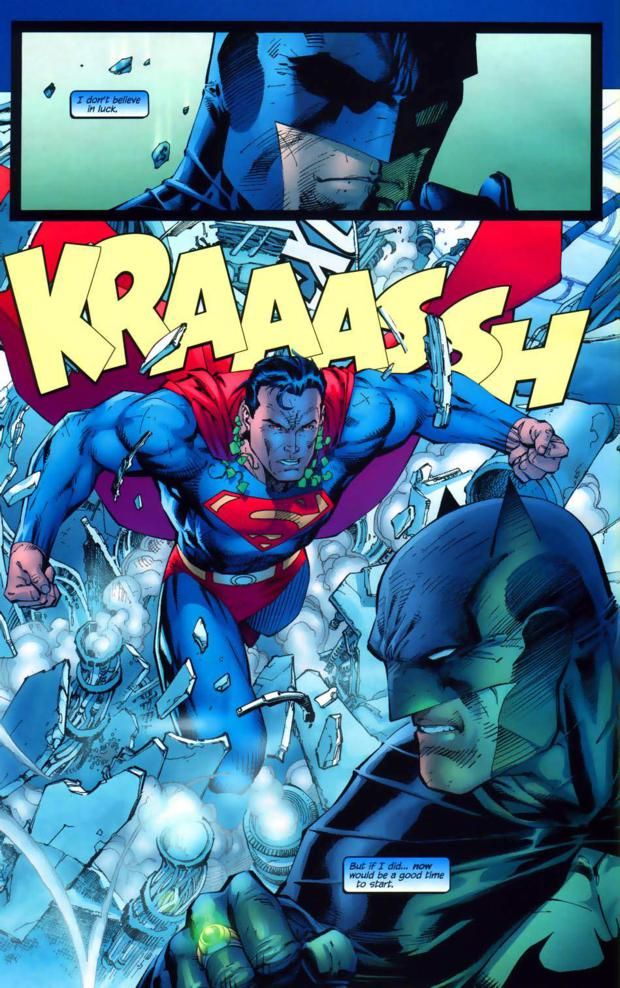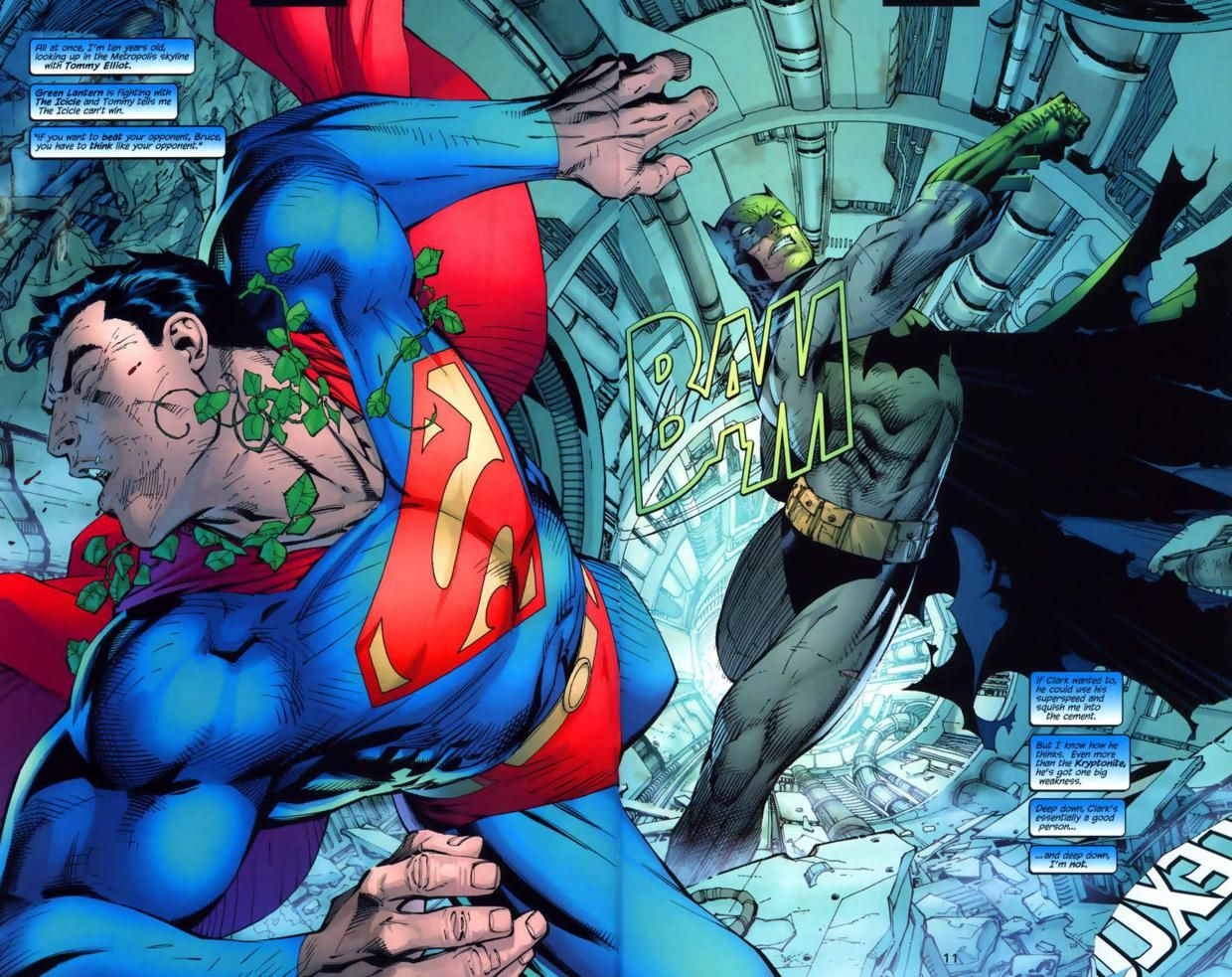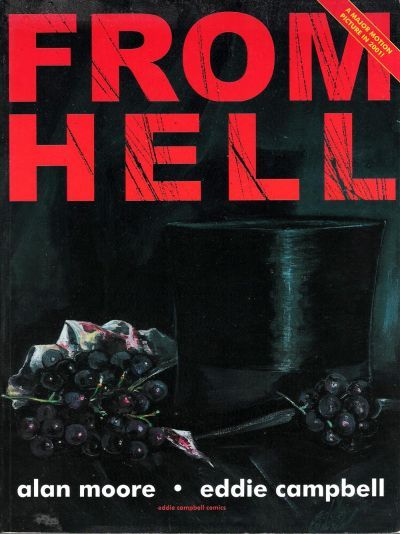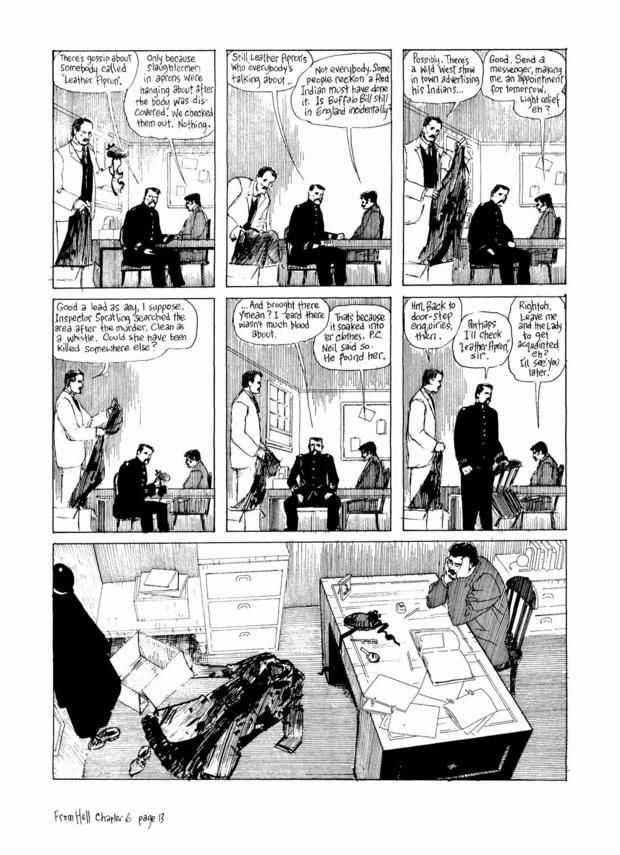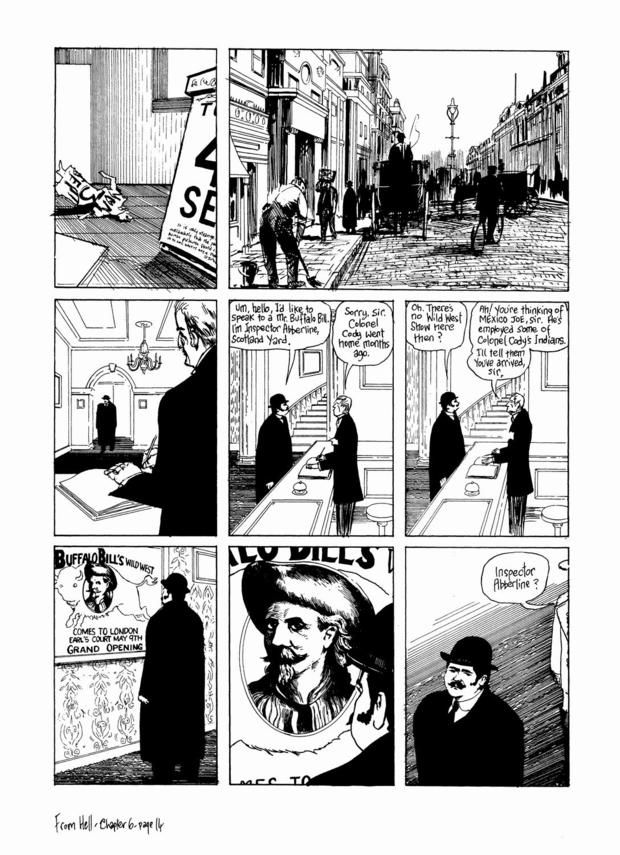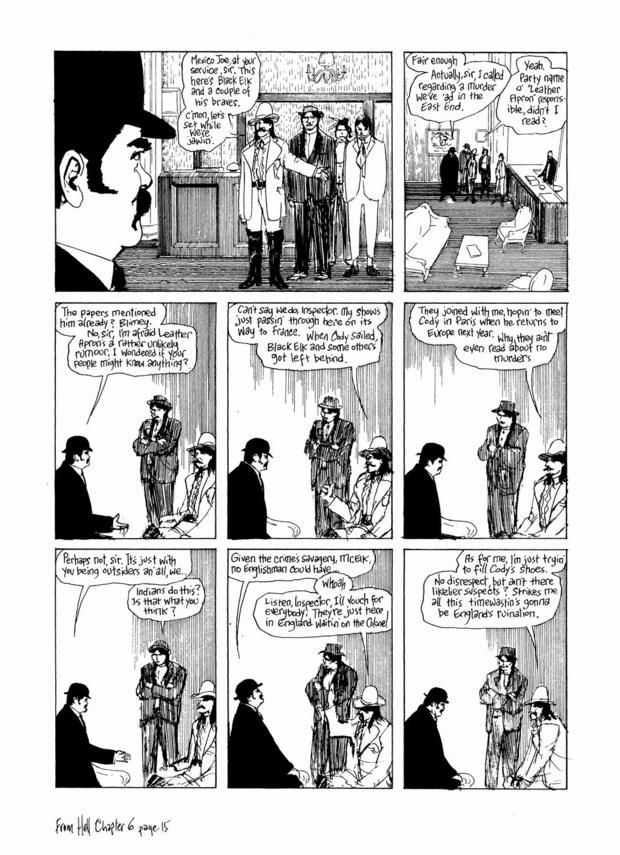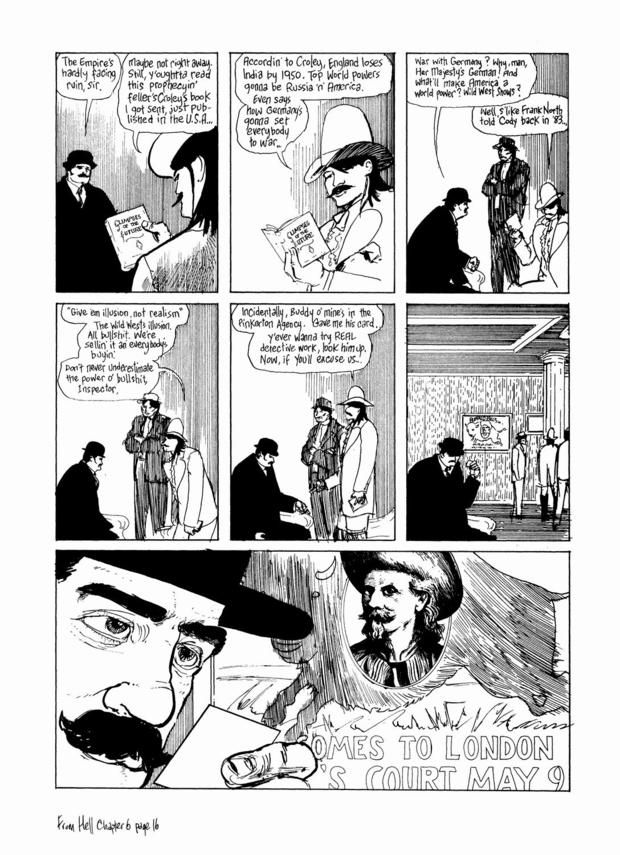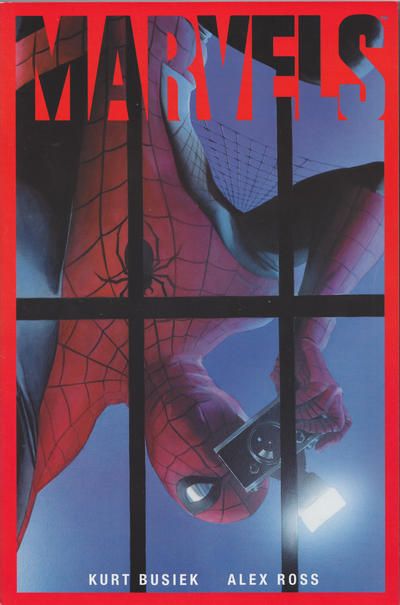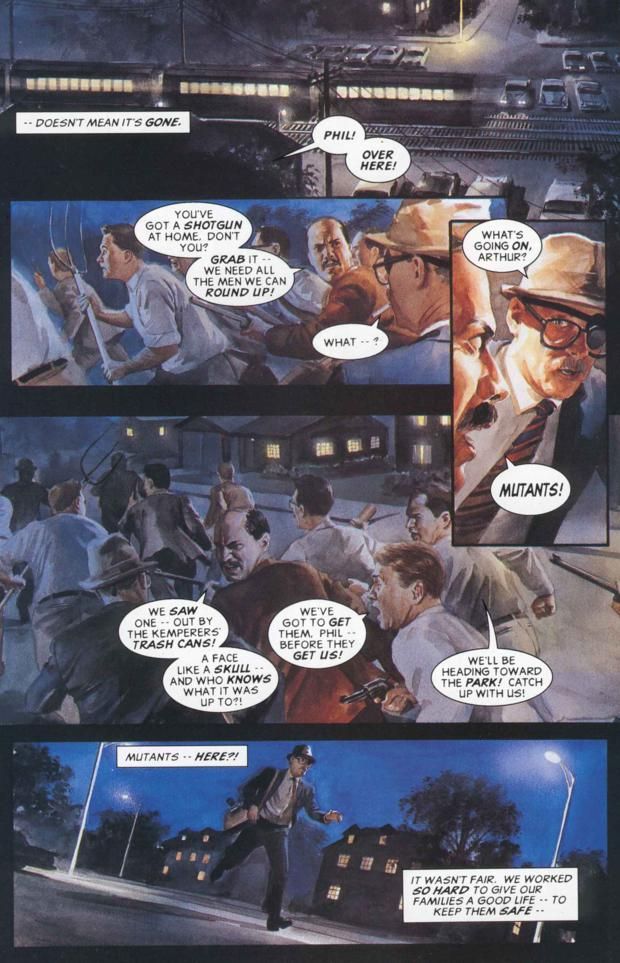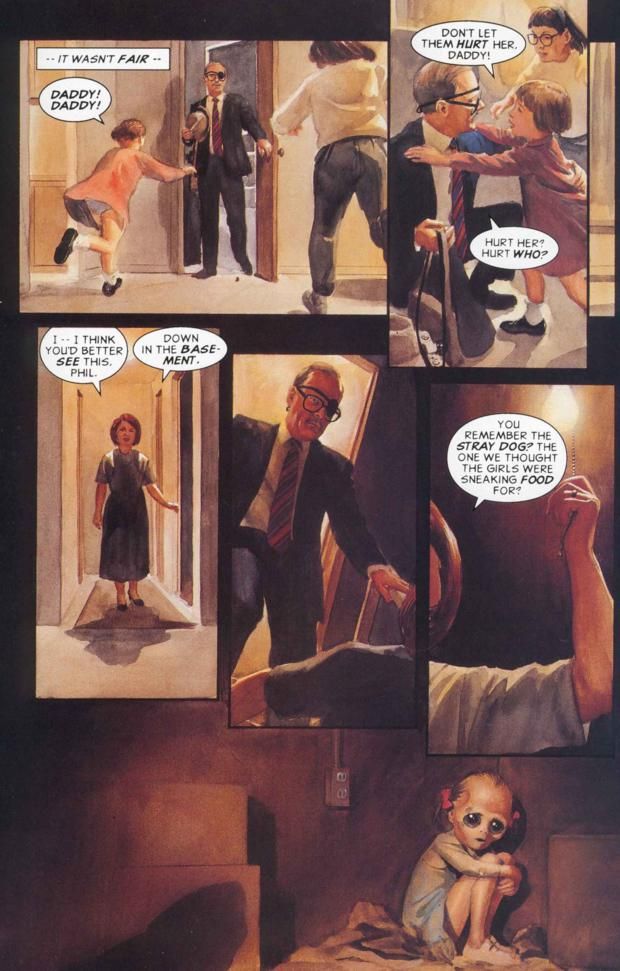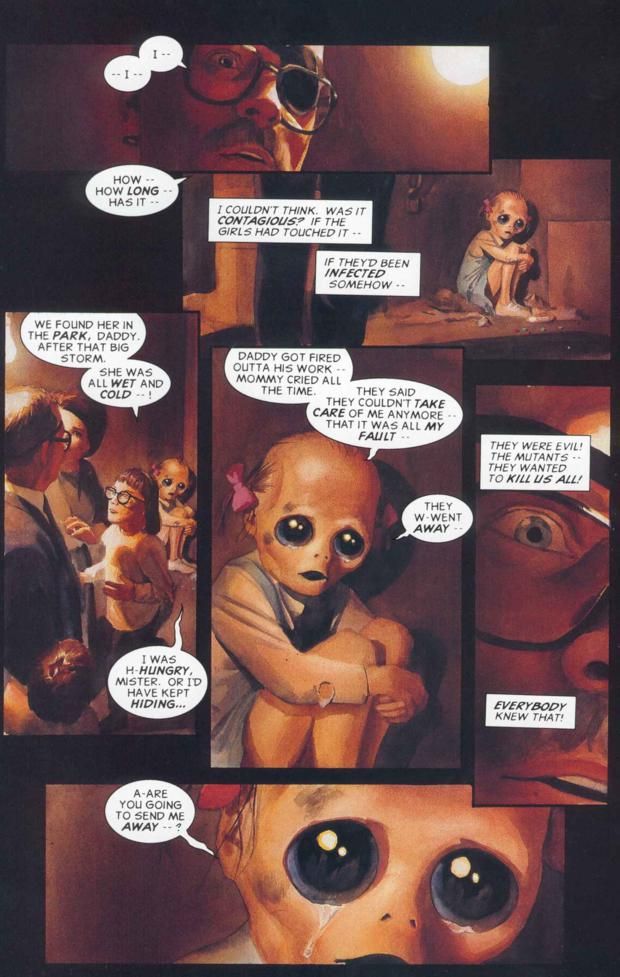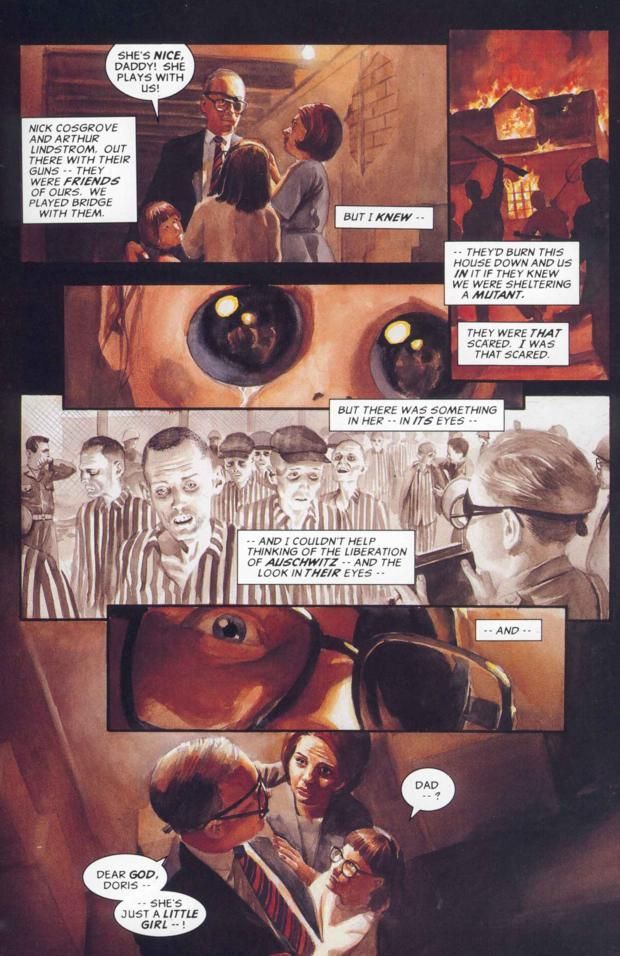Here are the next ten storylines on the countdown, as voted on by you, the readers!! Here is the master list of all storylines featured so far.
Okay, as usual, the votes are more bundled together at the bottom of the list and things open up as we go along. Eventually the results will be five a day, except today (also they'll be in smaller groups as we get to the very end)! Note, there may be some spoilers ahead! You are forewarned!
Enjoy!
NOTE: All of these storyline posts will be image intensive, so I'll be spreading them over multiple pages.
40. "The Last Iron Fist Story" by Ed Brubaker, Matt Fraction, David Aja, Travel Foreman and Various Artists (Immortal Iron Fist #1-14, Civil War: Choosing Sides and Annual #1) – 243 points (4 first place votes)
Ed Brubaker and Matt Fraction put together a marvelous revision on the history of Danny Rand, Iron Fist, when he learns that a predecessor Iron Fist, Orson Randall, is still alive! Randall delivers to Danny the Book of the Iron Fist, which tells the history of all previous Iron Fists. It is to help Danny in the coming conflict.
Danny is quickly caught up in a plot involving the terrorist organization, Hydra, and the evil Crane Mother (an ancient enemy of K'un L'un, the mystical city where Danny gained the power of Iron Fist). There are six other mystical cities, and Danny and his allies must protect the cities from a sinister plot concocted by the Crane Mother and Xao, the Hydra representative.
Brubaker and Fraction created a story here that is an absolute blast, with lots of high-flying action, but a good deal of interesting characterization work, as well. The former Iron Fist (who quit after the trauma of World War I), Orson Randall, was a brilliant new character (and a great example of how to make revisionist history work for you as a comic book writer), as were the other Immortal Weapons, the representatives of each of the other mystical cities.
Sprinkled throughout the run were stories of past Iron Fists from the Book (as well as tales of Orson Randall's earlier days). These allowed the writers to tell vastly different styles of stories, as Randall, in particular, worked well for pulp fiction stories.
David Aja was the main artist throughout the series, and his depictions of action were extremely dynamic. Travel Foreman was the main fill-in artist, and he was just as dynamic, although I must say that Aja also is a brilliant designer, which helped define the various characters beautifully. Aja is a large part of the greatness that is Immortal Iron Fist.
There are other artists who worked on the various one-shots, but Aja and Foreman are the main artists for the series.
39. "The Black Mirror" by Scott Snyder, Jock and Francesco Francavilla (Detective Comics #871-881) – 245 points (3 first place votes)
Snyder's first extended Batman story is a twisty tale of Dick Grayson (as Batman) and Commissioner Gordon as they each deal with problems with their past. In Dick's case, he encounters the daughter of the gangster who killed his parents while Gordon is dealing with the return of his psychologically disturbed son, James (the kid who Batman saved from dying in a fall from the bridge in Batman: Year One). Their intertwined stories make up the 11 issue arc, with short stories combining to form the larger narrative. Snyder is joined by two brilliant artists, Jock (who does the Batman stuff) and Francesco Francavilla (who does the Commissioner Gordon stuff).
One of the most impressive aspects of this story is that Snyder initially was telling the Batman stuff as a main story with the Gordon stuff as a back-up tale and then lost the back-up tales shortly after his run began but still managed to make it all work very well. It is a dark, character-driven work that deals strongly with the idea of whether people can change and how you can always trick yourself into looking past the problems in the people you care about.
38. "Final Crisis" by Grant Morrison, JG Jones, Doug Mahnke, Carlos Pacheco, Lee Garbett, Matthew Clark, Marco Ruby and a host of inkers (Final Crisis #1-7, Final Crisis: Superman Beyond #1-2, Final Crisis: Submit #1 plus I would throw in Batman #682-683) – 252 points (7 first place votes)
One of the most annoying aspects of Final Crisis is that Grant Morrison wrote the story in twelve comics, but only seven of those comics were actually labeled as "Final Crisis." The others were an absolutely essential Superman Beyond two-issue mini-series plus a pretty darn essential Final Crisis: Submit #1 one-shot and a relatively important Batman two-parter. Luckily, DC at least changed their initial plans and released all but the Batman issues in the eventual Final Crisis hardcover collection, so it really didn't matter in the end, but man, that was not the best laid plan.
Anyhow, the basic (and I mean BASIC) plot of Final Crisis is that Darkseid has come back to life by essentially traveling through time. This time travel has made a bit of a hole in the multiverse and has made it possible for an evil Monitor to break free from the prison that the other Monitors placed him into at the beginning of the multiverse. So Darkseid finally manages to conquer Earth with the anti-life equation, which he delivers in Final Crisis #3...
So things are really bad on Earth. Eventually, though, whichever heroes on Earth remain unaffected manage to fight back and take control of Earth and defeat Darkseid. The heroes then must take on Mandrakk, the evil Monitor, who is using this opportunity to basically destroy all of the multiverse. Superman and a legion of Green Lanterns and other heroes stand up to defeat the evil Mandrakk (Superman first encounters Mandrakk during Superman Beyond, when he gets caught up in the story while trying to save a mortally injured Lois Lane).
Morrison's approach during Final Crisis was to deliver a series of short vignettes, which would then sort of coalesce into a larger picture, much like pointilism. Jonathan Hickman is currently using a similar approach with his Infinity storyline (luckily for Hickman, Marvel is giving him the freedom to not be constrained by just the issues of the Infinity mini-series, as the Avengers and New Avengers tie-in issues are essential to Hickman's story).
Batman plays a major role in the story, as he is captured by Darkseid and is seemingly killed, but not before Batman mortally injures Darkseid. The whole thing was a very cool story, albeit negatively affected by the delays due to the original artist on the project, JG Jones, being unable to complete the story.
Go to the next page for #37-34...
37. "All in the Family" by Garth Ennis and Steve Dillon (Preacher #8-12)– 260 points (3 first place votes)
I was unsure whether to go with "All in the Family" or the trade it was collected in. Most votes went to the story itself, so I went that way.
In "All in the Family," we fully examine the background of the hero of Preacher, Jesse Custer (the Preacher of the book's title).
We see the family life he came from, a terrible world where his grandmother and her two goons controlled his family's life and abused Jesse terribly.
Now he is back for revenge, along with his girlfriend, Tulip and his new best friend, Cassidy (and Irish vampire).
Well, Tulip gets her face blown off - so you can imagine how smoothly it all went.
All in the Family shows Ennis at his best - coming up with absolutely twisted stories involving sex and violence, but somehow managing to also make the whole thing filled with so much strong characterization that characters who are killed in this story (and only appear in a couple of issues, really) became fan favorites and even get their own spin-off later on (via flashbacks, of course)!
There is a tremendous scene where Jody (one of the aforementioned goons) has a showdown with Jesse - Jody, as twisted and demented as he is, effectively was Jesse's father figure growing up, so even as they are fighting to the death, Jody can't help but be proud of the man Jesse grew up to become.
When you mix in a scared God (who is afraid of Jesse, who gained the Word of God early in the series), just when you think things couldn't get any freakier - well, they do.
And it is excellent.
I forgot to mention what an excellent job Steve Dillon does - maybe that's because Dillon does an excellent job on each and every issue of Preacher. That's probably it.
36. "E is for Extinction" by Grant Morrison, Frank Quitely and Tim Townsend (New X-Men #114-116)– 262 points (5 first place votes)
This was the opening arc of Grant Morrison's tenure on X-Men. Morrison revamped the look of the X-Men as well as the general status quo, as mutants are popping up with so much frequency that the Beast (who has mutated into a more animalistic, feline-looking version of his "normal" blue furry self - the idea of "secondary mutations" was also something Morrison newly introduced into the X-Men universe) discovers that if things continue as they are going, NON mutants will be extinct in a few generations! During this turbulent time in mutant history, a new villain made her mark. Cassandra Nova takes control of a seemingly defunct Sentinel base to decimate Genosha in a stunning sequence by Morrison and Quitely...
16 million mutants killed in less than an hour! The X-Men, along with new member Emma Frost (who was one of the very few survivors of the Genosha attack), hunt down Nova and seemingly stop her...but it is too late, she has taken control of Professor X's mind. What will she do with her new body? The X-Men will soon find out.
35. "The Death of Gwen Stacy" by Gerry Conway, Gil Kane and John Romita (Amazing Spider-Man #121-122)– 269 points (5 first place votes)
In the "Death of Gwen Stacy," Norman Osborn finally snaps for good and, as the Green Goblin, kidnaps Peter Parker's girlfriend, Gwen Stacy and then throws her off of a bridge...
Gerry Conway, Gil Kane and John Romita practically DARE you not to come back for the next issue. They don't think you can do it! And they're right, as the following issue is a powerful lesson in Spider-Man's humanity and his capacity for mercy.
Of course, an underrated aspect of the story (which is amusing, since a reader then wrote in to me extensively on this topic, so I guess it is not THAT underrated) is the way that Conway uses this story to set up the romance he wanted between Peter and Mary Jane, as seen in the classic epilogue to the story (which is the first half of a bookend Conway uses during his run).
34. "Olympus" by Alan Moore, Rick Veitch, John Totleben, Tom Yeates and John Ridgway (Miracleman #11-16)– 271 points (6 first place votes)
Olympus was the conclusion to Alan Moore's tenure on Miracleman, and it completed the journey of Michael Moran (Miracleman) from his days as being a regular guy who happened to have fantastical powers to being, basically, a god on Earth.
The path to this state came via a very bloody battle.
You see, Miracleman's former sidekick, Kid Miracleman, had sort of gone insane. Miracleman had defeated him by forcing him to turn back to his alter-ego, 13-year-old Johnny Bates. Johnny is an innocent, but he knows what he did as Kid Miracleman, so he sort of goes nuts.
Well, later on, Johnny is sexually assaulted at the group home he lived at - this causes him to snap and become Kid Miracleman again, and he goes on a bloody rampage through London that John Totleben draws with such horrific detail that, well, it's pretty damn unsettling.
Miracleman and a group of good guys (aliens known as the Warpsmiths, created by Moore and artist Garry Leach) fight Kid Miracleman, and in the end, they succeed, but not before the whole world is informed by what Miracleman had striven to keep secret - that superheroes exist.
With the cat out of the bag, as they would say, Miracleman decides to basically impose his will on the world, and he slowly retreats from humanity (and his human wife that he was married to in his Michael Moran alter-ego) and as the story ends, he is living as a benevolent tyrant over the people of Earth.
It's really a brilliant transformation of the character by Moore, and the art is superb.
Go to the next page for #33-31...
33. "Hush" by Jeph Loeb, Jim Lee and Scott Williams (Batman #608-619) – 274 points (5 first place votes)
Hush took a similar approach to Jeph Loeb's highly successful Long Halloween and Dark Victory comics.
Basically, he took an over-arching storyline and a mysterious villain, and then had each issue work as a spotlight on a different member of Batman's large supporting cast of heroes and villains.
In Long Halloween, Loeb worked with star artist Tim Sale. Here he worked with Jim Lee, one of the most popular artists in all of comics.
In many ways, Loeb's intention was simply to give Lee as much cool stuff to draw as possible, and to that end, Loeb wrote the series (where Batman is besieged by a mysterious new villain named Hush) with lots of notable events taking place, including Batman and Catwoman getting together and Batman and Superman having a dramatic battle (Superman was being mind-controlled by Poison Ivy).
During a period when comic sales were in a notable slump, these twelve issues were like manna from heaven for comic book retailers, as they were strikingly popular. The storyline also worked as a sort of basic guideline for many later story arc by different comic book writers. Much like how Die Hard became the foundation for a number of other action films, so, too, did Hush become the prototype for many other significant superhero stories.
32. "From Hell" by Alan Moore and Eddie Campbell (From Hell #1-11) – 276 points (7 first place votes)
From Hell is Alan Moore and Eddie Campbell's brilliantly detailed historical fiction based on the Jack the Ripper murders in London in the late 1880s.
Besides the fictional aspect of the story, where Moore hazards a guess as to who the actual murderer was, the rest of the story is explicitly researched recitation of the true crime story of the Ripper.
For a story that is filled with historical details and footnotes, it is amazing how impressive of a narrative that Moore is able to weave with this story.
The tale is a truly engrossing one, with cameos from all sorts of engaging characters, made all the more interesting because of their basis in reality. This is basically a precursor to Moore's brilliant League of Extraordinary Gentlemen work, bringing all these various personalities (like the Elephant Man) into one cohesive narrative. One of my favorite bits is how they actually investigated Buffalo Bill Cody's traveling Wild West Show!
Campbell is asked to do a TON of detailed, tiny drawings as Moore packs so much information in this story that it's simply staggering - Campbell must have had carpal tunnel by the time this baby finished! But he does beautiful work.
This is an amazing work in how COMPLETE of a story it is - Moore leaves nothing out but makes it all work. Just remarkable.
31. "Marvels" by Kurt Busiek and Alex Ross (Marvels #1-4, plus #0, I guess) – 281 points (5 first place votes)
In this acclaimed mini-series that launched both Alex Ross and Kurt Busiek to comic book stardom, we follow Marvel's Golden and Silver Age through the eye (and the lens) of photographer Phil Sheldon. From the days of World War II to the explosion of superheroes during the "Marvel Age," Busiek's character-driven narrative and Ross' photo-realistic artwork really makes you feel like you are living through an age of heroes. And therefore, you can also feel the pain when the heroes somehow do not manage to live up to our lofty expectations.
Perhaps one of the most compelling pieces in the story is when we see the contrast between how the Fantastic Four and the Avengers are treated (as the wedding of Reed and Sue is right up there with JFK and Jackie or Liz and Dick in terms of attention) with how the X-Men and mutants are treated. See how Phil himself is forced to confront his prejudices when the "mutant threat" hits close to home...
What a powerful sequence. But this series is FILLED with powerful sequences. Like how in the world would the man on the street react to news that some giant dude was showing up to EAT THE EARTH?!!? From over-the-top stuff to the down-to-earth sadness of the death of Gwen Stacy (that punk Peter Parker makes a living off of making Spider-Man look bad and he gets an angel for a girlfriend? And then she is murdered while he continues to live on making money off of Spider-Man's misery? Where is the fairness?!?), Busiek and Ross really shine a spotlight on the human condition like few other stories are capable of.

